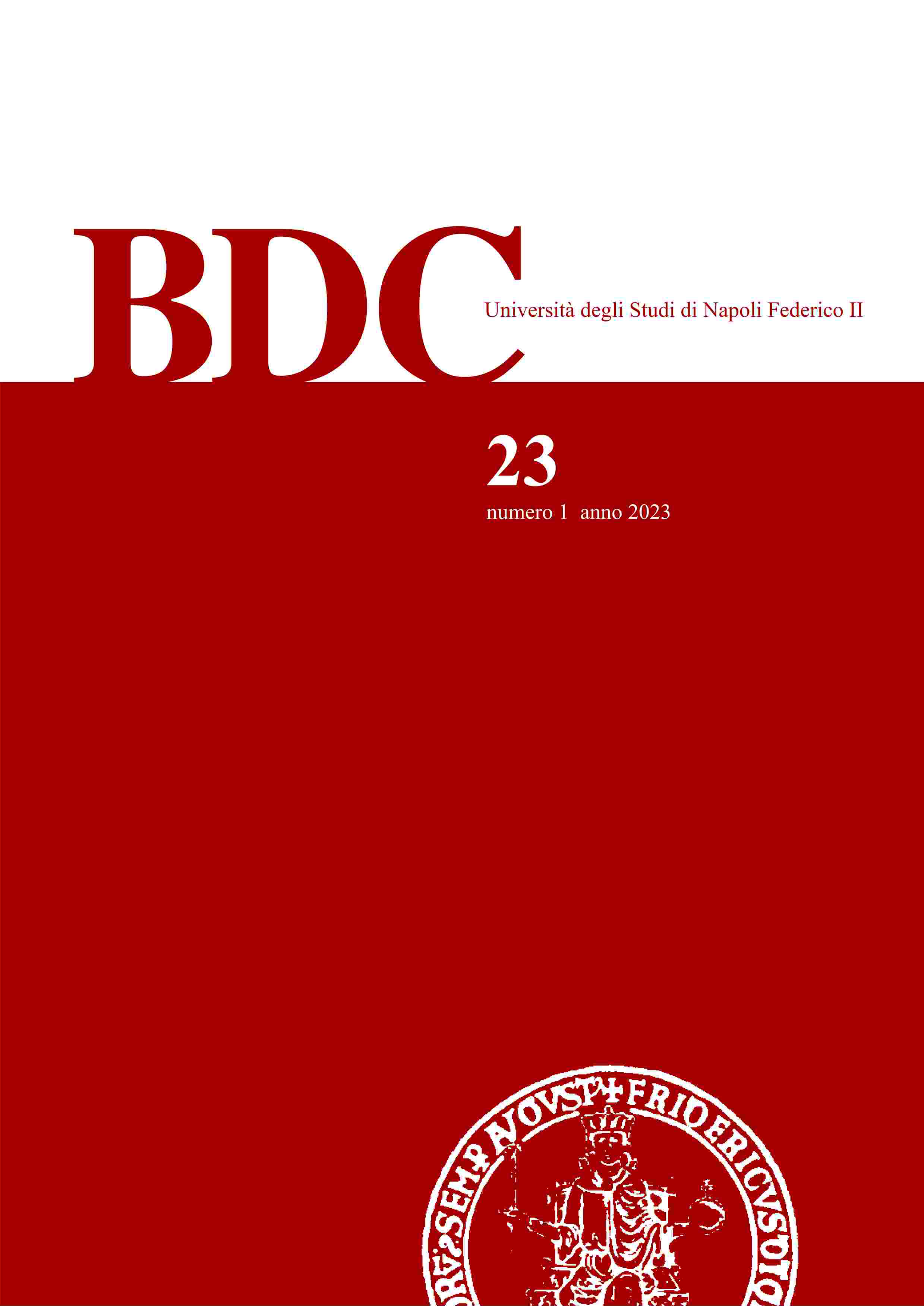An assessment method for governing Smart Tourism in a bioregion of Southern Sardinia (Italy)
DOI:
https://doi.org/10.6093/2284-4732/10470Abstract
In recent years, smart tourist management has witnessed a considerable revolution. It has shifted from focusing only on technology to prioritising location-specific issues and this has led in the identification of territorial ecosystems, which are connected to urban bioregions but not necessarily tied to administrative boundaries. The polycentric bioregional approach is particularly relevant for island regions, which suffer demographic and environmental problems because of their geographic location. This article aims to explore the potential of smart tourism as a strategy for developing inland areas by linking tourism goals with coastal regions in insular bioregions. The authors investigate the historical region of Sulcis Iglesiente in Sardinia to illustrate this perspective. Smart tourism is proposed as a crucial element in addressing depopulation, social marginalisation, and economic stagnation in inland areas. To evaluate the distribution of local resources, the authors apply a methodological approach that combines geospatial analysis and spatial syntax techniques. The study concludes by proposing centralisation and integration strategies for increasing the tourism potential of island bioregions.
Keywords: urban bioregion, smart tourism, space syntax analysis, smart governance

